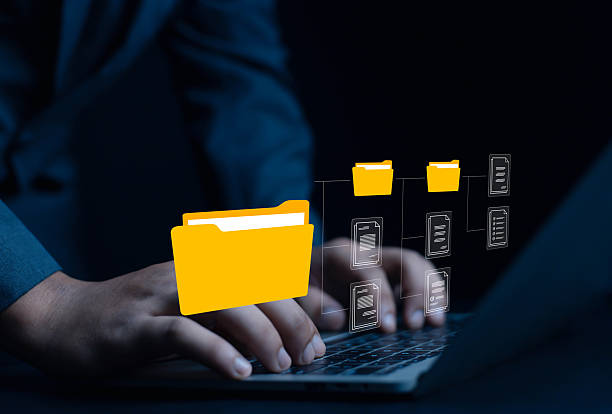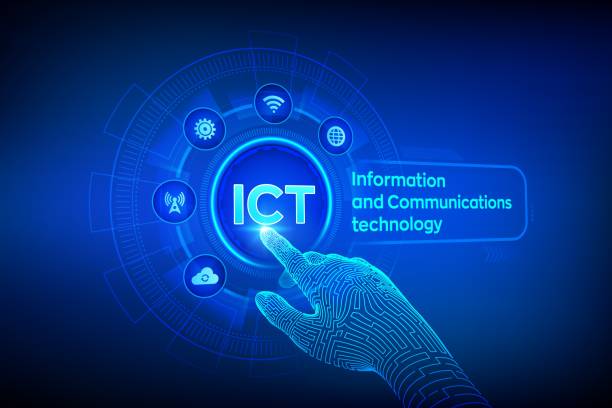What is On-Page SEO and Why Does It Matter?
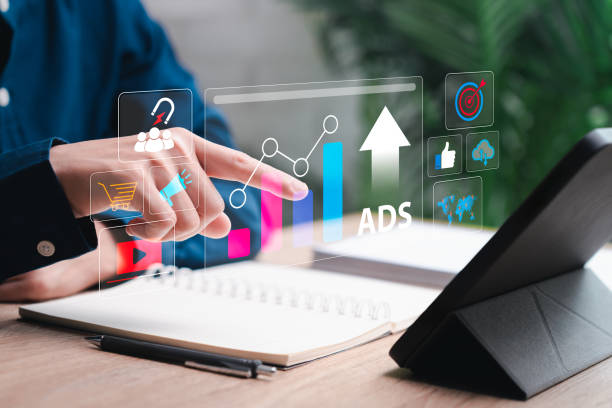
On-Page SEO refers to the set of actions taken within a website to improve its ranking in search results.
Unlike Off-Page SEO, which focuses on link building and factors outside the site, On-Page SEO focuses on optimizing content, site structure, and HTML code.
The importance of On-Page SEO lies in the fact that it helps search engines better understand the content of the site and recognize its relevance to user searches.
A website with strong On-Page SEO has a greater chance of ranking high in search results, thereby attracting more traffic.
Search engine optimization is a continuous process and requires constant updating and improvement.
Failure to pay attention to On-Page SEO means that even with the best content, you will not achieve a good ranking in Google and other search engines.
This can lead to losing many opportunities to attract audiences and increase sales.
Therefore, investing in On-Page SEO is a necessity for any website seeking success in the online world.
In addition, On-Page SEO also helps improve user experience.
A website with a suitable structure, high speed, and quality content is more attractive to users and increases the likelihood of their return.
This not only helps improve ranking in search results but also increases customer loyalty.
Did you know that 85% of customers check your company’s website before any interaction?
Build a corporate website worthy of your reputation with Rasaweb.
✅ Increase customer credibility and trust
✅ Attract quality leads
⚡ Get a free website design consultation
Keyword Research and Selecting the Best Ones

Keyword research is the cornerstone of any On-Page SEO strategy.
Before taking any action, you must identify the appropriate keywords.
These keywords are the phrases that users enter into search engines to find information related to your business.
Various tools are available for keyword research, including Google Keyword Planner, Ahrefs, SEMrush, and Ubersuggest.
These tools help you review relevant keywords, their search volume, and the level of competition.
When selecting keywords, you should pay attention to three main factors the relevance of the keyword to your business, its search volume, and the level of competition.
Keywords can be divided into two general categories main keywords and secondary keywords.
Main keywords are general and high-volume phrases that describe your area of activity.
Secondary keywords are more detailed and lower-volume phrases that refer to specific topics in your area of activity.
Using both categories of keywords in the On-Page SEO strategy is essential.
After selecting keywords, you should use them naturally in your website content.
Avoid overusing keywords, as this can lead to penalties from Google.
The main goal is to provide high-quality and relevant content for users, not just optimizing for search engines.
Optimizing the Page Title (Title Tag) and Meta Description
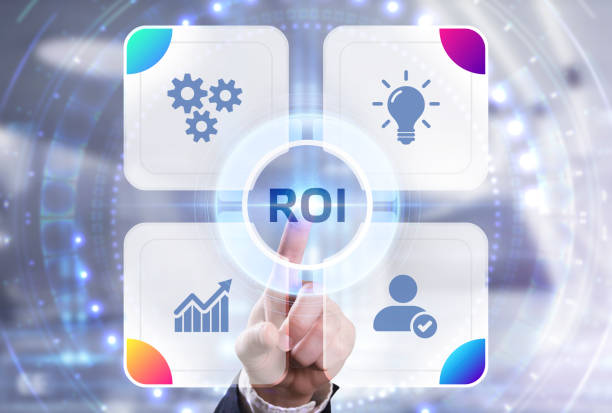
The page title (Title Tag) and meta description (Meta Description) are two important elements in On-Page SEO that are directly displayed in search results.
The page title is the main title of the page that is displayed at the top of the browser and in search results.
The meta description is a short summary of the page content that is displayed below the page title in search results.
The page title should be short, attractive, and relevant to the page content.
The length of the page title should not exceed 60 characters, as Google usually shortens longer titles.
Also, the page title should include the page’s main keyword.
The meta description should also be short, attractive, and persuasive.
The length of the meta description should not exceed 160 characters and should include the page’s main keyword.
The page title and meta description are the first things users see in search results.
Therefore, optimizing these two elements can have a significant impact on the click-through rate (CTR).
An attractive title and description encourage users to click on your link and enter your website.
In addition, the page title and meta description help search engines better understand the content of the page and recognize its relevance to user searches.
Therefore, optimizing these two elements is essential for improving ranking in search results.
| Element | Description |
|---|---|
| Page Title (Title Tag) | The main title of the page that is displayed at the top of the browser and in search results. |
| Meta Description | A short summary of the page content that is displayed below the page title in search results. |
Optimizing URL Structure
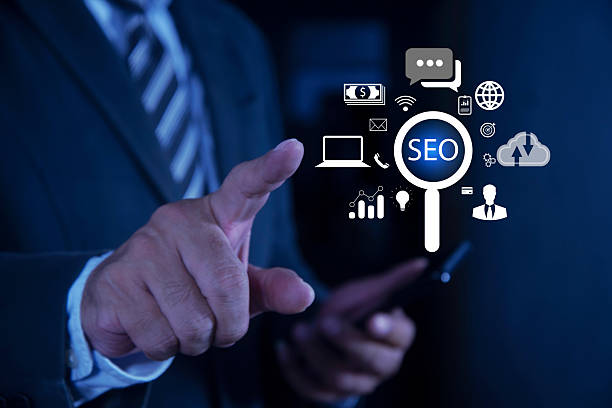
URL structure is another important factor in On-Page SEO.
URLs should be short, readable, and relevant to the page content.
Avoid using long, complex, and incomprehensible URLs.
A good URL helps users and search engines easily understand the topic of the page.
The best practice is for URLs to include the page’s main keyword.
Also, URLs should use lowercase letters and hyphens (-) instead of spaces.
Avoid using special characters and numbers in URLs.
The URL structure should be logical and hierarchical.
For example, if your page is about On-Page SEO training, the URL could be as follows: www.example.com/blog/amoozesh-seo-dakheli.
This structure shows users and search engines that this page is part of the “Blog” category and its topic is “On-Page SEO Training.”
Optimizing URL structure not only helps improve SEO but also improves user experience.
A readable and relevant URL assures users that they have been directed to the correct page.
This can lead to increased click-through rates and reduced bounce rates.
Does your company website perform as your brand deserves? In today’s competitive world, your website is your most important online tool. Rasaweb, a specialist in professional corporate website design, helps you to:
✅ Build customer credibility and trust
✅ Convert website visitors into customers
⚡ Get a free consultation!
Content Optimization

Content is King! This famous saying well illustrates the importance of content in SEO.
High-quality, valuable, and relevant content is the main factor in attracting audiences and improving ranking in search results.
Content should be written for users, not for search engines.
If your content is useful and engaging for users, search engines will also like it.
When writing content, you should pay attention to a few important points the content must be unique and original.
Avoid copying content from others.
The content should be up-to-date and accurate.
Avoid providing inaccurate and outdated information.
The content should have a suitable structure.
Use titles, subtitles, paragraphs, and images to organize content.
Using keywords in content is essential, but it should be done naturally and logically.
Avoid overusing keywords.
The main goal is to provide high-quality and relevant content for users.
Content optimization requires constant review and updating.
In addition to text, images and videos can also play an important role in improving SEO.
Images and videos should be optimized.
Their size should be small to avoid slowing down page loading speed.
Also, they should have alternative text (Alt Text) so that search engines can understand their content.
Optimizing Images and Videos
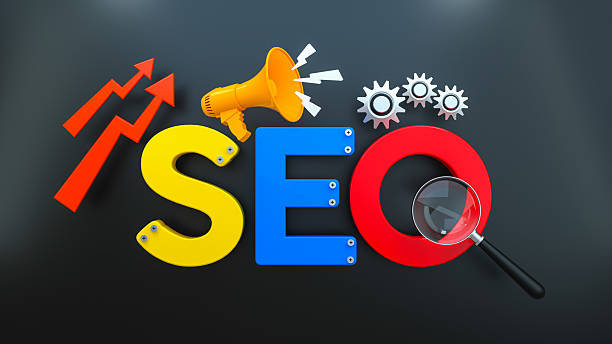
Images and videos play an important role in the attractiveness and engagement of users with the website.
However, if they are not properly optimized, they can have a negative impact on SEO.
Large images and videos slow down page loading speed and affect user experience.
Therefore, optimizing images and videos for On-Page SEO is essential.
First, you need to compress the images and videos to reduce their size.
Various tools are available for compressing images and videos, including TinyPNG, ImageOptim, and Handbrake.
When compressing, you need to strike a balance between the size and quality of the image or video.
The main goal is to reduce size without significantly reducing quality.
Then you need to optimize the file name of the images and videos.
The file name should be relevant to the content of the image or video and include the main keyword.
Avoid using generic and irrelevant names.
For example, instead of the name “IMG_1234.jpg,” use the name “amoozesh-seo-dakheli.jpg.”
Finally, you need to add alternative text (Alt Text) for images and videos.
Alternative text is text that is displayed to users if the image or video is not displayed.
Alternative text should be a precise description of the content of the image or video and include the main keyword.
Alternative text helps search engines understand the content of the image or video and recognize its relevance to user searches.
Optimizing Page Loading Speed (Page Speed Optimization)
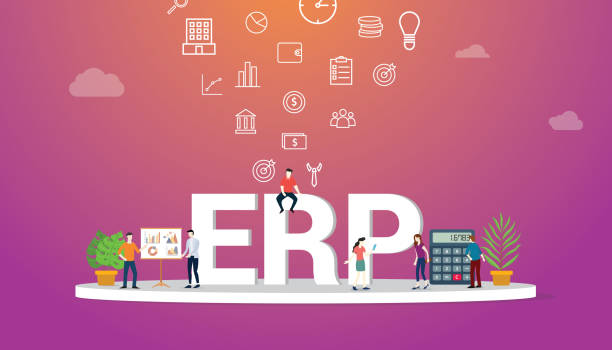
Page loading speed is one of the most important factors in On-Page SEO and user experience.
Users expect website pages to load quickly.
If a page takes more than a few seconds to load, the likelihood of users leaving the site increases.
This can lead to reduced conversion rates and a drop in ranking in search results.
To improve page loading speed, various factors need to be considered compressing images and videos, reducing the size of HTML, CSS, and JavaScript code, using a CDN (Content Delivery Network), enabling caching, and optimizing the server.
Various tools are available for testing page loading speed, including Google PageSpeed Insights, GTmetrix, and WebPageTest.
These tools help you identify page loading speed issues and provide solutions for improving it.
Optimizing page loading speed is an ongoing process.
You should regularly test page loading speed and fix problems.
Also, you should avoid using heavy plugins and scripts, as these can slow down page loading speed.
| Factor | Description |
|---|---|
| Image Compression | Reducing image size without loss of quality |
| CDN Usage | Content distribution across multiple servers for faster loading |
Optimizing Site Responsiveness (Mobile-Friendly Optimization)
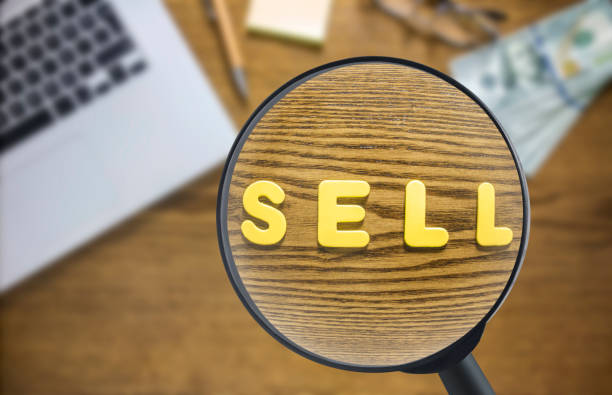
With the increasing use of mobile devices, optimizing site responsiveness has become a necessity.
A responsive website automatically adapts to the screen size of different devices (mobile phone, tablet, laptop).
Google prefers responsive websites in search results.
Therefore, optimizing site responsiveness is essential for On-Page SEO.
To ensure site responsiveness, you can use the Google Mobile-Friendly Test tool.
This tool shows you whether your site is optimized for mobile devices or not.
You can also test your site on different devices to make sure it is displayed correctly.
Optimizing site responsiveness is not limited to adapting screen size.
You also need to pay attention to factors such as font size, button size, and spacing between elements.
The main goal is to provide a suitable and enjoyable user experience for users on mobile devices.
In addition, you should also consider page loading speed on mobile devices.
Mobile phone users usually use the internet at slower speeds.
Therefore, the page loading speed on mobile devices should be optimized to prevent users from leaving the site.
Strong On-Page SEO and optimized content play an important role in improving this.
Don’t have a company website yet and are missing out on online opportunities? With professional corporate website design by Rasaweb,
✅ Double the credibility of your business
✅ Attract new customers
⚡ Free consultation for your company website!
Internal Linking

Internal linking is an important strategy in On-Page SEO.
Internal linking means creating links between different pages of your website.
Internal linking helps search engines better understand your site structure and recognize the relationships between pages.
Also, internal linking helps users easily navigate your site and find the information they need.
When internal linking, you should pay attention to a few important points links should be relevant to the page content.
Avoid linking to irrelevant pages.
Anchor Text should be a precise description of the content of the destination page.
Avoid using general texts such as “click here.”
Links should be placed naturally and logically in the content.
Avoid overlinking.
Internal linking not only helps improve SEO but also improves user experience.
A site with proper internal linking is more attractive to users and increases the likelihood of their return.
In On-Page SEO, internal links can also be used to improve the ranking of important keywords.
By linking from different pages to a specific page, you can show search engines that this page is important for a specific keyword.
This can lead to improved ranking of that page in search results.
In this case, you should make sure that the links look natural and avoid overusing a specific keyword in the link text.
Continuous Review and Improvement of On-Page SEO

On-Page SEO is a continuous process and should not be viewed as a one-time project.
After taking the initial steps, you should regularly review the performance of your website and identify weaknesses.
Various tools are available for reviewing website performance, including Google Analytics, Google Search Console, and Ahrefs.
These tools help you review website traffic, keyword ranking, and technical issues on the site.
Using this information, you can improve your On-Page SEO strategy and optimize your website performance.
For example, if you find that a particular page has a high bounce rate, you should improve the content of that page and strengthen internal linking.
If you find that a particular keyword has a low ranking, you should optimize the content related to that keyword and increase internal and external linking.
Also, you should pay attention to changes in search engine algorithms and update your On-Page SEO strategy based on these changes.
Google regularly changes its algorithms.
Therefore, to maintain ranking in search results, you should always be aware of the latest changes and adjust your SEO strategy accordingly.
Continuous review and updating of the On-Page SEO strategy ensures that your website is always in the best condition and can attract more traffic.
Proper On-Page SEO ensures that your content is properly exposed to the audience.
Frequently Asked Questions
| Question | Answer |
|---|---|
| What is On-Page SEO? | Refers to the set of actions taken within a website to improve its ranking in search engines. |
| Why is On-Page SEO important? | Because it helps search engines better understand your site’s content and structure and improves the user experience. |
| What are the most important elements of On-Page SEO? | Title and meta descriptions, keywords, URL structure, quality content, image optimization, internal linking, and site speed. |
| How to optimize Title Tag and Meta Description? | The title should include the main keyword and be attractive, and the meta description should be a persuasive summary of the content with relevant keywords. |
| What is the role of keywords in On-Page SEO? | Keywords help search engines understand what the page content is about and should be used naturally and intelligently in the text. |
| How is image optimization done for On-Page SEO? | By compressing the size, using a descriptive file name, and filling the Alt tag with related descriptions and keywords. |
| What is Internal Linking and what is its use? | Connecting different pages of the site to each other. This helps to distribute the authority of pages (Page Authority) and improve the crawl of search engines. |
| What is the importance of site loading speed in On-Page SEO? | High speed improves user experience and is one of the important ranking factors for search engines like Google. |
| What impact does Site Mobile-Friendliness have on On-Page SEO? | Due to the increasing number of mobile users, being responsive is essential for providing a suitable user experience on all devices and Google’s mobile-first indexing priority. |
| What are the important factors related to content in On-Page SEO? | Originality, quality, comprehensiveness, readability, proper use of headings (H1, H2, …) and regular content updates. |
And other services of Rasa Web advertising agency in the field of advertising
Smart digital advertising: A new service to increase website visits through the use of real data.
Smart Link Building: Professional optimization to increase website visits using intelligent data analysis.
Smart UI/UX: Designed for businesses looking to analyze customer behavior by optimizing key pages.
Smart Google Ads: Designed for businesses looking to increase click-through rates by optimizing key pages.
Smart Reportage: An effective tool for managing campaigns with the help of SEO-driven content strategy.
And more than hundreds of other services in the field of internet advertising, advertising consulting and organizational solutions
Internet Advertising | Advertising Strategy | Advertorial
Resources
On-Page SEO: Comprehensive Guide to On-Page Website SEO [Year 1403]
,What is On-Page SEO? | On-Page Website SEO Training
,What is On-Page Website SEO? Comprehensive On-Page SEO Training
,What is On-Page SEO? Step-by-Step On-Page SEO Guide + Checklist
? To achieve your big business goals in the digital world, Rasaweb Afrin Digital Marketing Agency is by your side with a professional and results-oriented approach. From personal website design to comprehensive SEO and content marketing strategies, we provide everything you need to be seen and grow.
📍 Tehran, Mirdamad Street, next to the Central Bank, Kazerun South Alley, Ramin Alley No. 6

